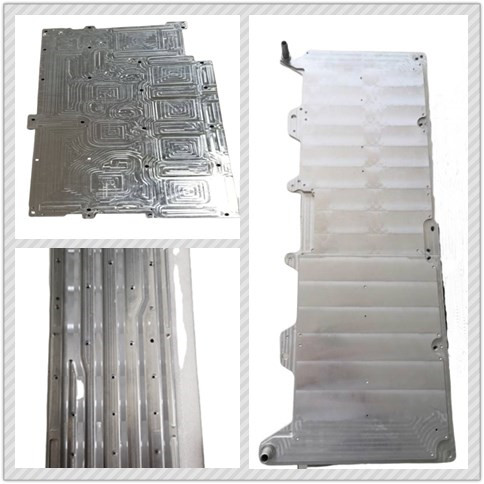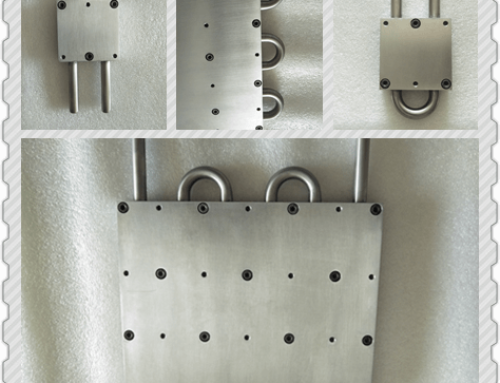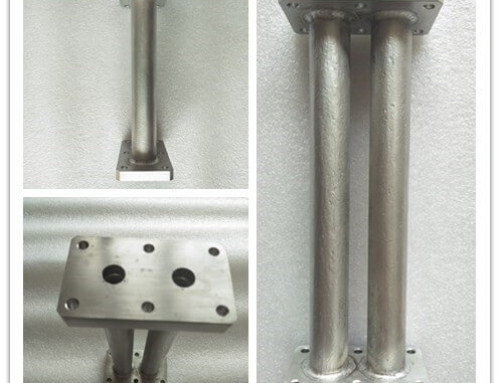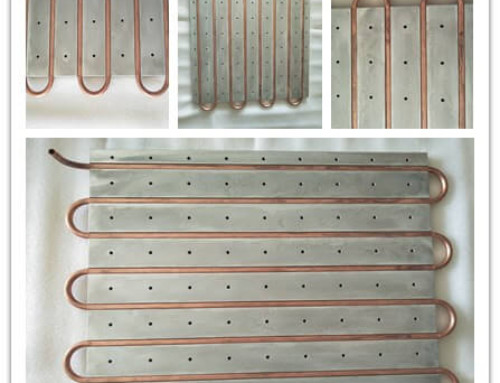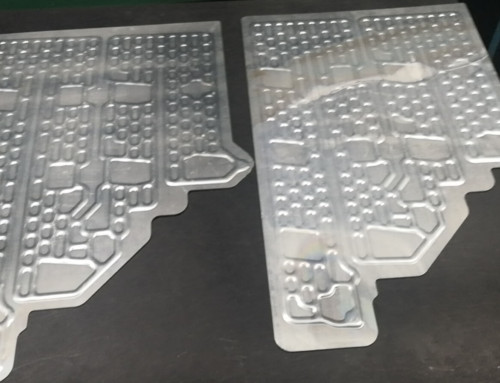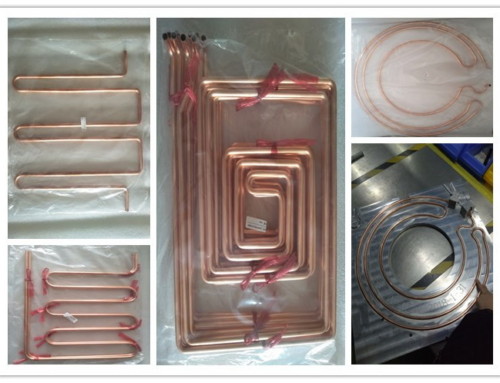Vacuum Brazed Car Cold Plate
Our recent hot project is vacuum brazed cold plate, which use for car.
As you know, vacuum diffusion welding technology is a special welding process method developed rapidly to meet the needs of cutting-edge science and technology fields such as atomic energy, aviation, aerospace and electronics industries.
It is to heat two flat and smooth soldering surfaces to a certain temperature under a certain degree of vacuum. Without the addition of any solder or intermediate metal, under the simultaneous action of temperature and pressure, micro-plastic rheology occurs.
After close contact with each other, the electrons, atoms or molecules of the contact surface of the weldment are diffused and transferred to each other, and an ionic bond, a metal bond or a covalent bond is formed.
After a period of heat preservation, the composition and organization of the welding zone are uniformized to achieve a complete Metallurgical connection process.
It can be seen that diffusion welding mainly relies on micro-plastic rheology of the welding surface to achieve close contact, allowing a large number of atoms to diffuse to each other to achieve welding.
It can complete the welding work that is difficult to achieve by other welding methods, and can also achieve the mutual insolubility, welding of dissimilar materials such as high melting point metals and non-metals, so that they can all obtain high-quality welded joints.
The characteristics of vacuum diffusion welding are:
1. The welding process is a process in which the joint is formed and then subjected to diffusion treatment without the participation of liquid phase or minimal transition phase. Its composition and structure are completely consistent with the matrix, no cast structure remains in the joint, and the original interface completely disappears. Therefore, the physical, chemical and mechanical properties of the original base metal can be maintained.
2. Since the substrate is not too hot or melted, diffusion can weld almost all metal and non-metallic materials without damaging the properties of the material being welded. It is especially suitable for materials that are difficult to achieve with general welding methods, or that can be welded but whose performance and structure are easily damaged during the welding process. Such as dispersion strengthened superalloys, fiber reinforced boron-aluminum composites, etc.
3. Different types of materials can be welded. Including dissimilar metals, metals and ceramics are completely incompatible with each other in metallurgy.
4. Weldable workpieces with complex structures and very different thicknesses.
5. The heating is uniform, and the weldment does not deform and does not generate residual stress. Keep the workpiece with high precision geometry and shape.
More information and requirements, don’t hestitate to contact us!

